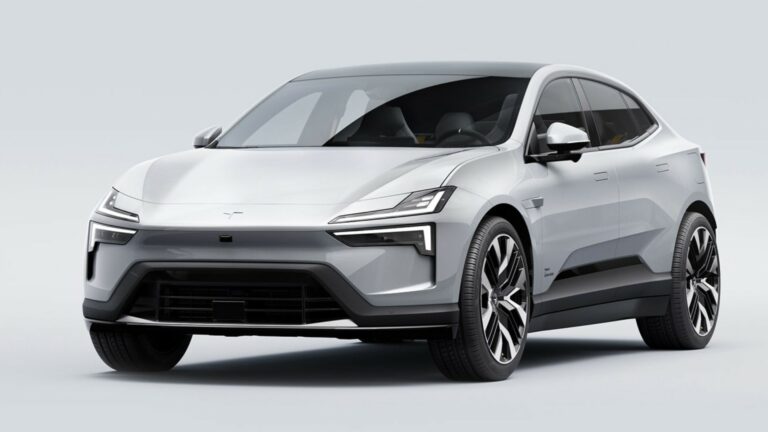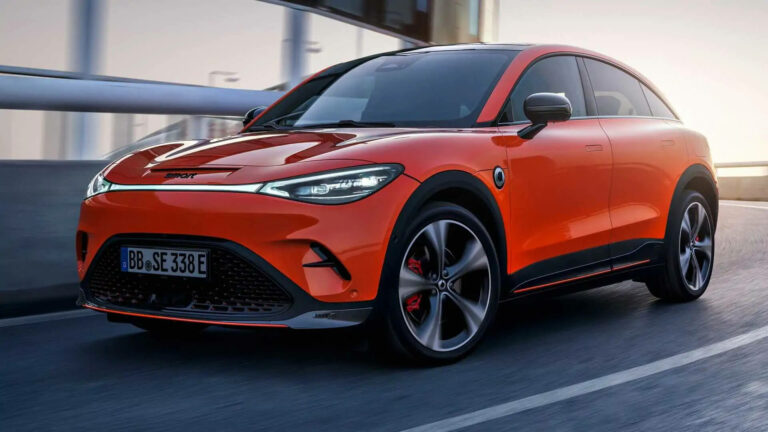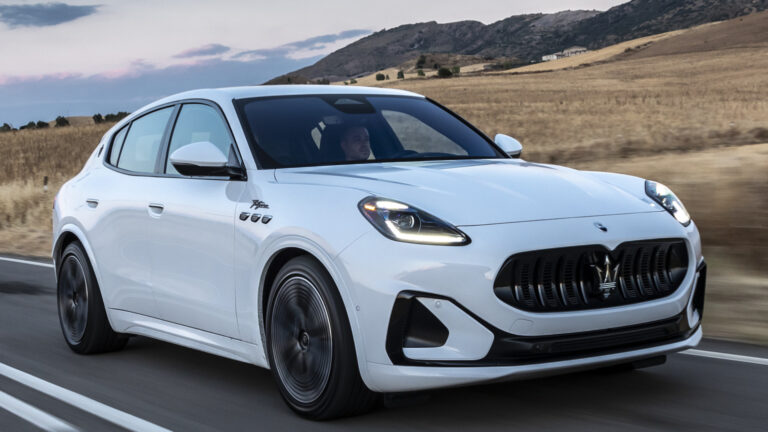Polestar 4 – Sleek new SUV Coupe
At first glance, this new SUV seems a bit strange, missing the entire back window. Function…

At first glance, this new SUV seems a bit strange, missing the entire back window. Function…

It’s been a while since we’ve least seen a new Smart design. Mercedes has brought a…

What a stunner in more ways than one. With a Maserati Trofeo-inspired front end, the gorgeous…
Neoen, a French energy company, announced a massive new 400 MWh Tesla Megapack project in Australia….
Maserati last year revealed a vehicle that currently has no direct rival – the new GranTurismo…
By Johnna Crider Posted on December 31, 2022 Tesla owners all across the nation found ways…
Micah Toll is a personal electric vehicle enthusiast, battery nerd, and author of the Amazon #1…
This year Tesla announced its plan to exceed 1-million vehicle sold globally in 2022 and one…
By Johnna Crider Posted on December 28, 2022 A Tesla employee who left Rolls-Royce is returning…
Denver grabbed headlines earlier this year when it launched an ambitious program to help city residents…
It was another month of bittersweet feelings for Italy’s car sales in November. With the rest…
By Johnna Crider Posted on December 23, 2022 California passed a new law banning Tesla from…
They say that necessity is the mother of invention. And one Canadian man had a serious…
Tesla stock (TSLA) has seen a dramatic drop this year, losing almost 70 percent through December…
By Johnna Crider Posted on December 22, 2022 Tesla launched a Cybertruck-inspired Wireless Charging Platform for…
Tesla is now offering a $5,000 CAD/$74,750 MXN credit on Model 3 and Model Y vehicles…
Aehra is a new electric vehicle startup that is slowly revealing its first planned offering, a…
By Johnna Crider Posted on December 19, 2022 Tesla’s Model Y in Quicksilver shows how it…
Elon Musk has put his role as head of Twitter up to a vote, and the…
The final design study in Audi’s “sphere” series is this coupe crossover teased with a top-down…
By Johnna Crider Posted on December 16, 2022 Lucid Motors opened its first service, delivery, and…
The saga of Faraday Future and its flagship EV, now referred to as the FF91 Futurist,…
Electric vehicle manufacturers—startups and legacy alike—like to boast about their new models “selling out” well ahead…
By Johnna Crider Posted on December 13, 2022 Tesla rolled out its 2022 holiday update, and…
Electric watercraft are an increasingly popular segment of the boating market. But a new electric catamaran…
New passenger car registrations in France increased in November by nearly 10% year-over-year to 133,961. This…
By Johnna Crider Posted on December 10, 2022 A massive Tesla delivery train was spotted in…
A Tesla Cybertruck body has been spotted being worked on ahead of the electric pickup truck’s…
If I were to ask you to think about a rolling piece of art on two…
By Johnna Crider Posted on December 7, 2022 Franz von Holzhausen, the chief designer at Tesla,…